#Corylus avellana
Text

Blooming Hazel
#photographers on tumblr#nature#flowers#winter#spring#floral#flores#invierno#primavera#hazel#corylus avellana#original photographers#original photography#vertical
119 notes
·
View notes
Text





#CORYLUS AVELLANA - CORKSCREW HAZEL✨🤎✨
@samirafee
#source: samirafee#own pictures#photographers on tumblr#nature#plants#my garden#corylus avellana#corkscrew hazel#spring#march 2024
38 notes
·
View notes
Text
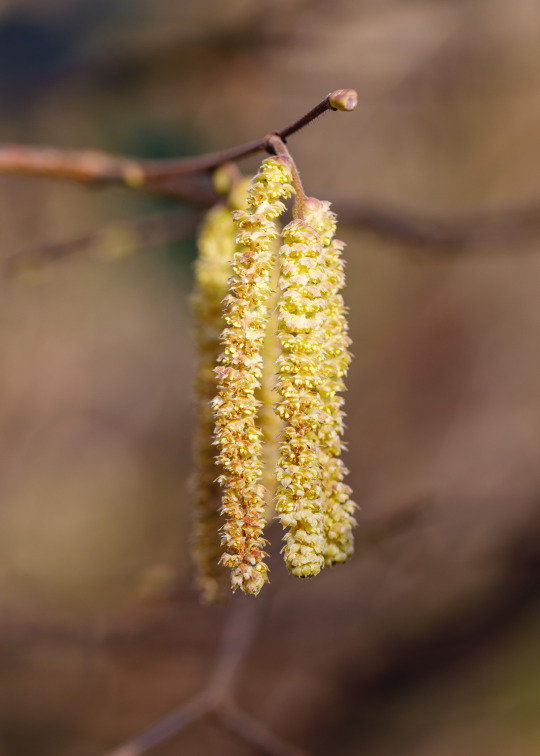
Sunlit Catkins
Sunlit catkins on a hazel tree in Glapthorn Cow Pastures.
#branch#branches#canon#canonuk#catkins#corylus avellana#glapthorn cow pastures#hazel#lambs tails#nature#nature reserve#northamptonshire#northants#outdoors#plant#plants#tree#trees#wildlife trust#wildlife trusts#winter#woodland#woods
21 notes
·
View notes
Text

{{VENDU}}
Ƈօʀʏʟʊֆ Ǟʋɛʟʟǟռǟ ƗӼ
Ɦɛʀɮǟʀɨʊʍ : Noisetier (Corylus Avellana)
ʟɨɛʊ ɖɛ Ƈʊɛɨʟʟɛȶȶɛ : Maison Loye (Bourgogne)
#the crypt and the incubus#witch jewelry#electroformed jewelry#botanical jewelry#pendentif#corylus avellana#noisetier
2 notes
·
View notes
Text

22.2.2023
#phototagebuch#tagesphoto#photo diary#photo of the day#photojournal#photo du jour#photo des tages#vienna#wien#urban nature#sign of spring#frühlingszeichen#22.2.2023#handymakro#haselstrauch#haselblüte#vorfrühling#prater#Corylus avellana
2 notes
·
View notes
Text
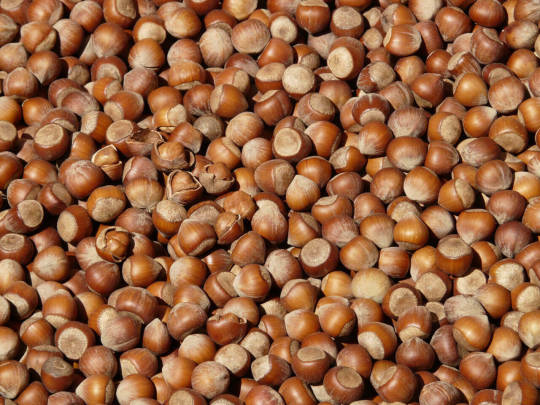
Avellanas
Imagen de rawpixel
0 notes
Video
Der Haselstrauch hat schon Frühlingsgefühle by Pascal Volk
#Europe#Germany#Berlin#Berlin Lichtenberg#Alt-Hohenschönhausen#Landsberger Allee#Phase One Capture One#Capture One Pro#edit with us#Freitagsblümchen#Friday flora#Haselnussstrauch#Haselstrauch#Gemeine Hasel#Blütenkätzchen#common hazel#Corylus avellana#Male catkins#avellano común#amento#Natur#nature#naturaleza#Pflanze#plant#planta#Blüte#blossom#bloom#Invierno
0 notes
Text

0 notes
Text


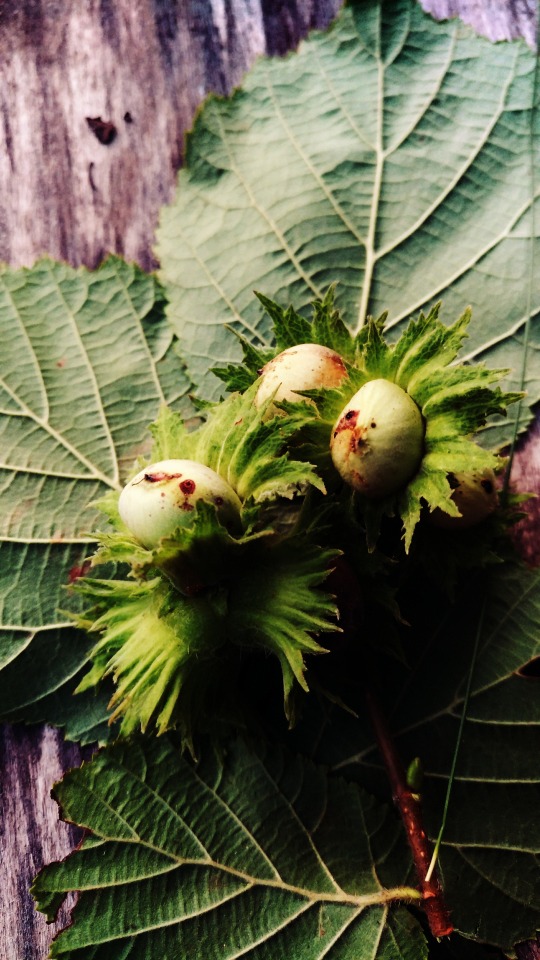
Лещина обыкновенная или орешник (Corylus avellana)
Common hazel or hazel (Corylus avellana)
#русский tumblr#россия#осень#природа#зеленая природа#лес#загородом#Лещина#орехи#макрофото#мои фото#russia#autumn#nature photography#beauty of nature#outdoors#forest#hazel tree#forest nut#my photos#original photography#photographers on tumblr#macro photography
191 notes
·
View notes
Text
LUNAMARA: Fragments [9]

[Click here for larger size and non-tumblr'd quality]
Pg. 2-4 Authored by Avellana Corylus
Celebrating 4000 years of AVE! Publications, we are honoured to have the assistance of famous fashionista and heir to the Lux brand name, Aurelia Lux to walk us through four monumental centuries of fashion, from the Lunar Migration to the Platinum Age to the Post-War period. It has been a time of much change from the era of our great, great grandparents, one of cultural exchange, social upheaval, and fashion from the properly practical to the retrospectively ridiculous. We are also delighted to host Felix Cygnus' latest shots wearing various historical recreations, and even some vintage pieces from the Lux vaults!

First, The Lunar Migration. As our ancestors crossed the stars to reach our home, some practical considerations had to be taken in hand when it came to designing clothing. While the lack of gravity in deep space would at first seem enticing for the safety it offers, it only means that sudden stops are more dangerous for snap-points. This lead to a fashion of inflated, flexible joints around ankles, wrists, necks, and even on the sides of the head. These were achieved either through padding, or more commonly through magical air buffers. The materials used to make these clothes are, these days, prohibitively expensive to make, as the resources required are hardly as common on the Surface or on Luna. Studying legacy garments, Aurelia Lux has here presented us with beautiful recreations that are as close to the originals as is possible with current provisions.
🌗
More from LUNAMARA:
Fragments [1] [2] [3] [4] [5] [6] [7] [8] [9]<-- More every Thursday!
Comic [Prologue]
Art by Luka (http://nousanti.tumblr.com/) Story by Pidge (http://pidgestories.tumblr.com/)
58 notes
·
View notes
Text
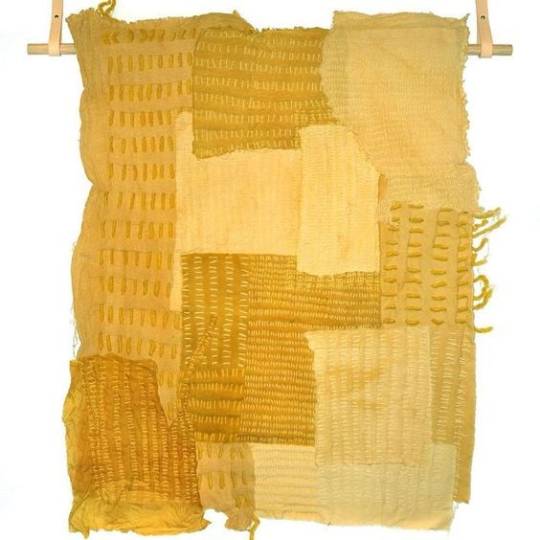
Lilian Dørge
Boro and sashiko inspiration in a Nordic interpretation with great respect for the original craft, culture and history. Plant color of Corylus avellana, Solidago on silk, cotton, wool, linen, all organic.
https://www.instagram.com/p/CDnaIL7hzuW/?
85 notes
·
View notes
Photo
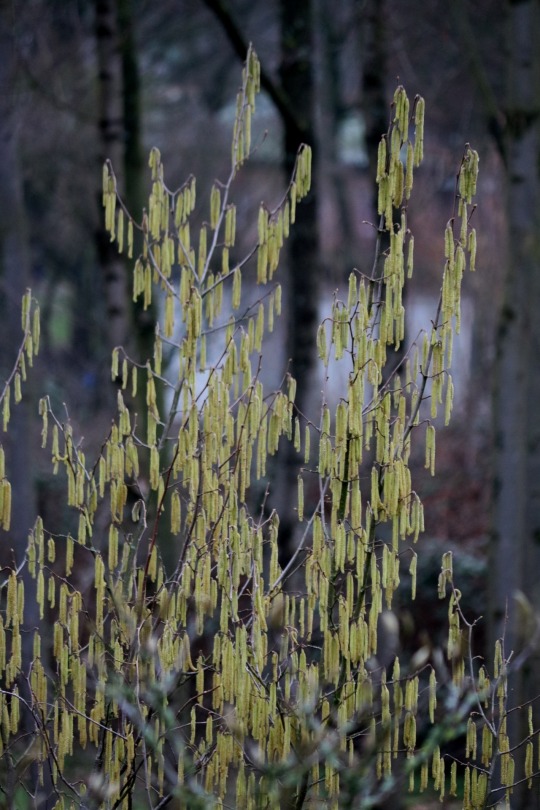
Blooming Hazel
#photographers on tumblr#nature#flowers#spring#floral#flores#primavera#hazel#corylus avellana#vertical#original photographers#original photography
126 notes
·
View notes
Text
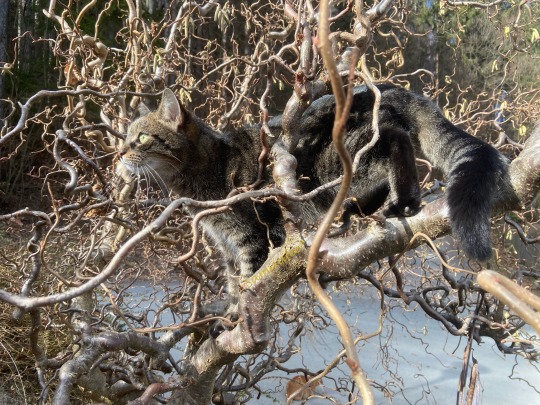

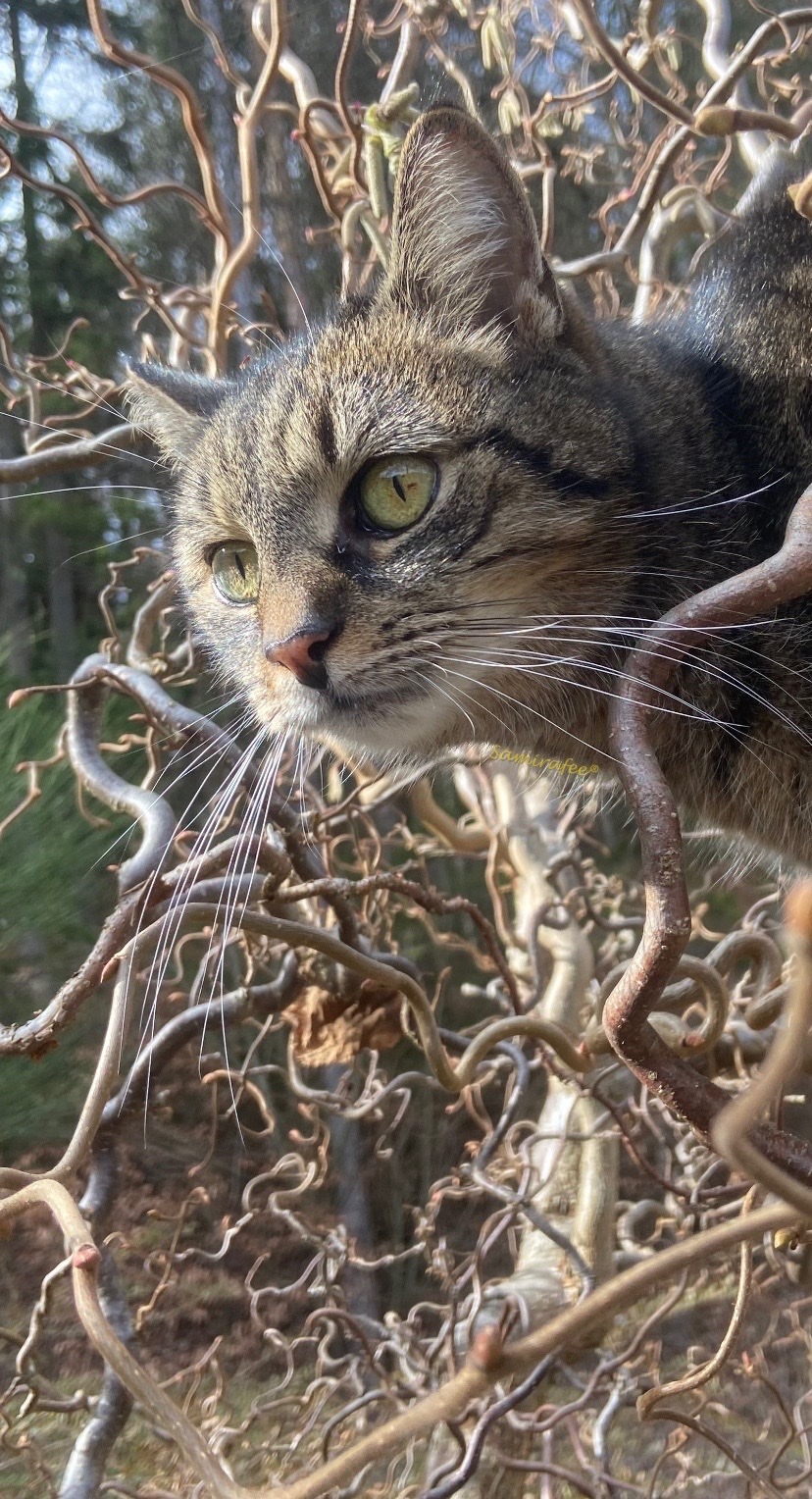
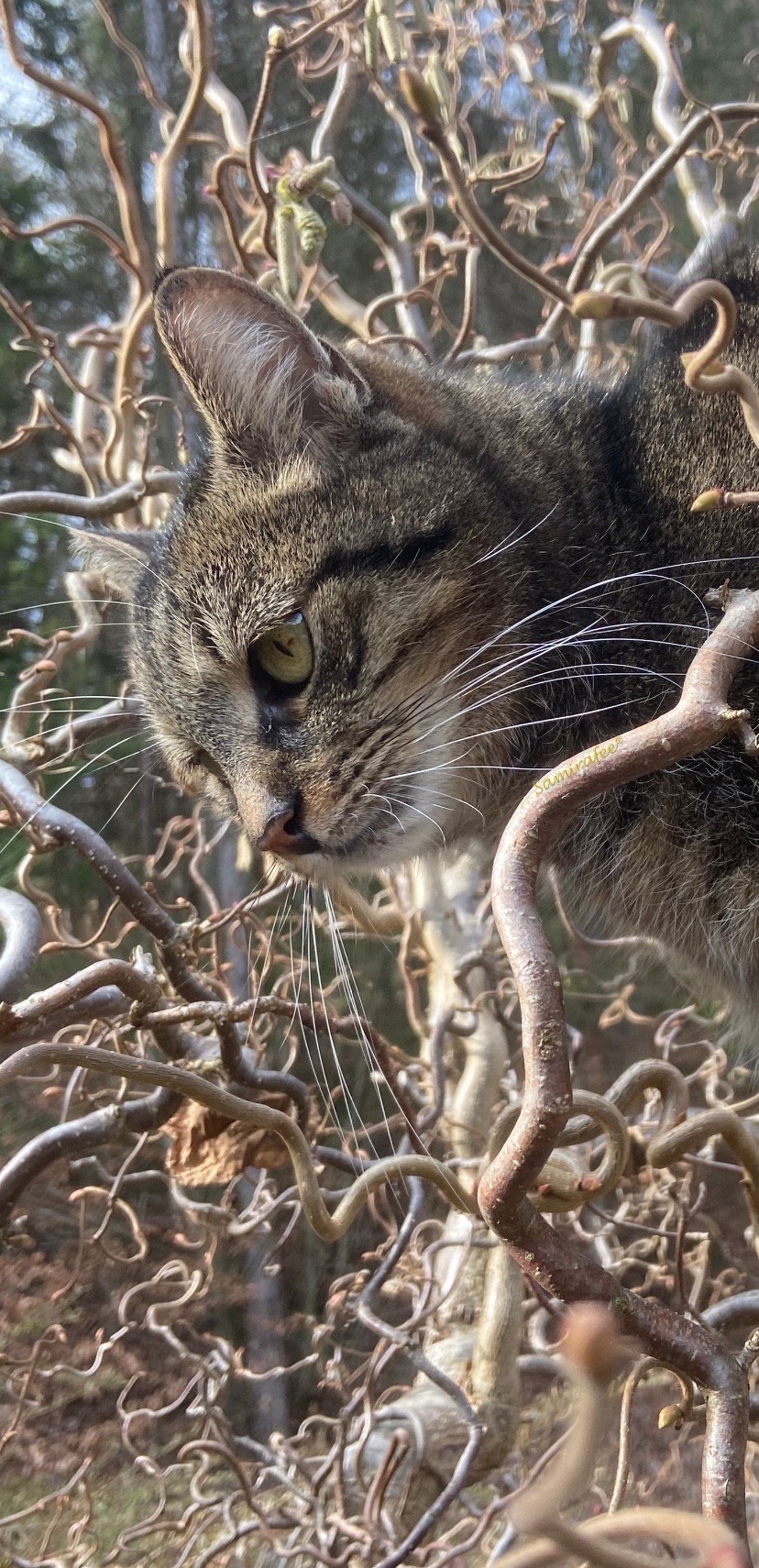
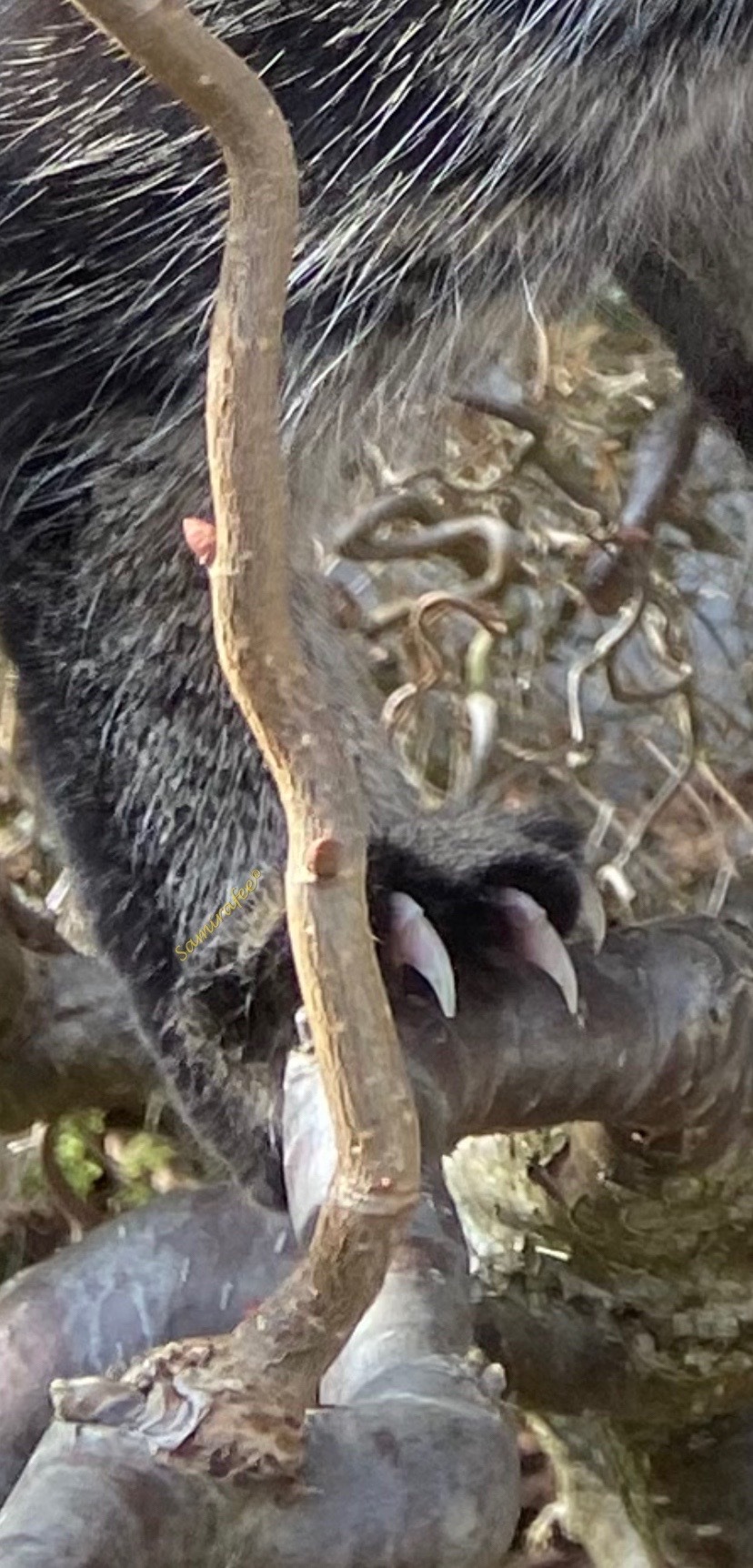
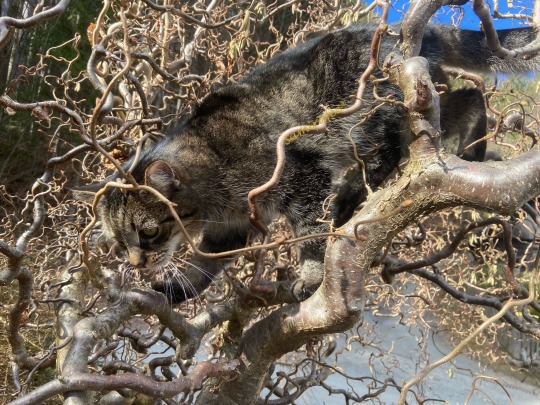


#LANA🐾🐈ME IN THE CORKSCREW HAZEL🍂
@samirafee
#source: samirafee#own pictures#photographers on tumblr#my cat#lana#tree climbing pro#my brave kitty#corylus avellana#corkscrew hazel#lovemysweetcats#march 2023
47 notes
·
View notes
Text
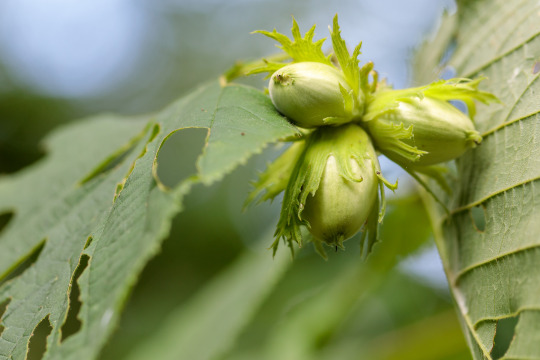
Hazelnuts
Hazelnuts ripening on a hazel branch, in Short Wood.
#branch#canon#canonuk#corylus avellana#hazel#hazelnuts#leaf#leaves#nature#nature reserve#northamptonshire#northants#nuts#outdoors#short and southwick woods#short wood and southwick wood#summer#tree#trees#wildlife trust#wildlife trusts#woodland#woods
0 notes
Text
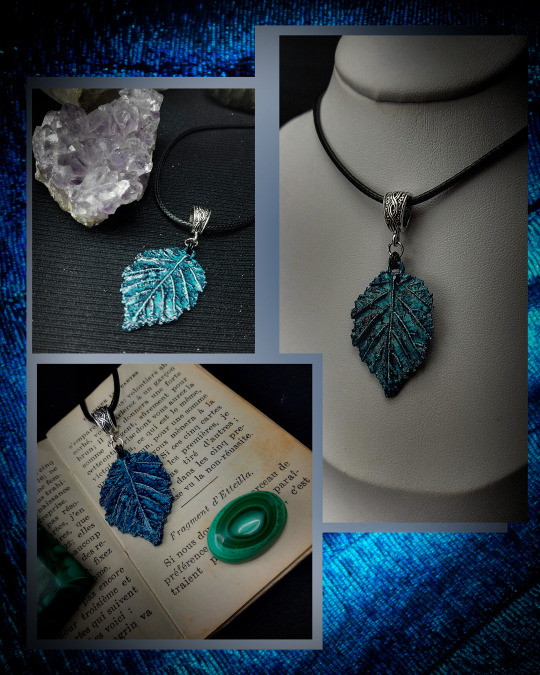
{{VENDU}}
Ƈօʀʏʟʊֆ Ǟʋɛʟʟǟռǟ ƲƗƗƗ
Ɦɛʀɮǟʀɨʊʍ : Noisetier (Corylus Avellana)
ʟɨɛʊ ɖɛ Ƈʊɛɨʟʟɛȶȶɛ : forêt de la Planoise (Bourgogne)
#the crypt and the incubus#witch jewelry#electroformed jewelry#botanical jewelry#pendentif#corylus avellana#noisetier
2 notes
·
View notes
Text
Moth of the Week
Angle Shades
Phlogophora meticulosa
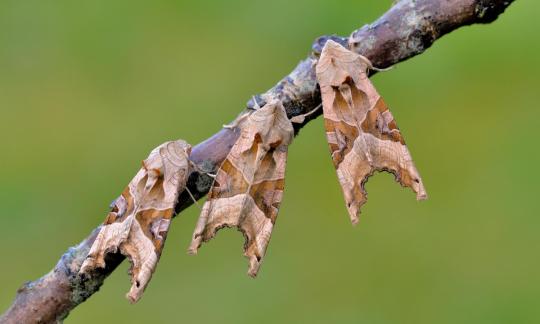
Image source
The angle shades is a part of the family Noctuidae. This species was first described in 1758 by Carl Linnaeus. According to Wikipedia, this moth gets its common name from the colors and marking on its wings.
Description The forewings of this moth are shaped with a sharp point. Most of the forewing is buffish as well as the head, legs, body, and antennae. The middle of the forewing is split by a triangle. The bottom of the triangle lays on the termen of the forewing or “the edge of the wing most distant from the body.” The triangle is made of layers of brown and pink. The hindwings are whitish with darker veins.
ab. roseobrunnea ab. nov [Warren], the central triangle is a rich red brown tinged with fulvous (tawny/orange), the whole wing reddish tinged, and the green shades all strongly mixed with red, the metathorax and dorsal tufts also being deep fulvous instead of green; found in São Jorge Island in the Azores
Wingspan Range: 45 - 52 mm (≈1.77 - 2.05 in)
Diet and Habitat This species eats a wide range of herbaceous plants such as Common Nettle (Urtica dioica), Hop (Humulus lupulus), Red Valerian (Centranthus ruber), Broad-leaved Dock (Rumex obtusifolius), Bramble (Rubus fruiticosus), Hazel (Corylus avellana), birches, oak, basil, and broccoli.
They are distributed throughout Europe. Their reach spans eastto the Urals, southeast to Syria, Armenia, and Asia Minor, west to Azores, and south to Algeria. They are a strongly migratory species. It is found in a variety of habitats such as gardens, hedgerows, fens, woodland, grasslands, farmland, wetlands, heathland, and moorland.
Mating This moth is generally seen from May to October and has two generations per year. The larva overwinter in soil as pupa.
Predators This species flies mainly at night. They are presumably preyed on by nighttime predators such as bats. This moth uses its coloration to disguise itself as a wilted leaf when at rest. They can be seen during the day resting on walls, vegetation, and feces.
Fun Fact The angle shades is attracted to light and sugar.
(Source: Wikipedia [1][2], Butterfly Conservation, The Wildlife Trusts)
#libraryofmoths#animals#bugs#facts#insects#moth#lepidoptera#mothoftheweek#angle shades#Phlogophora meticulosa#Noctuidae
52 notes
·
View notes